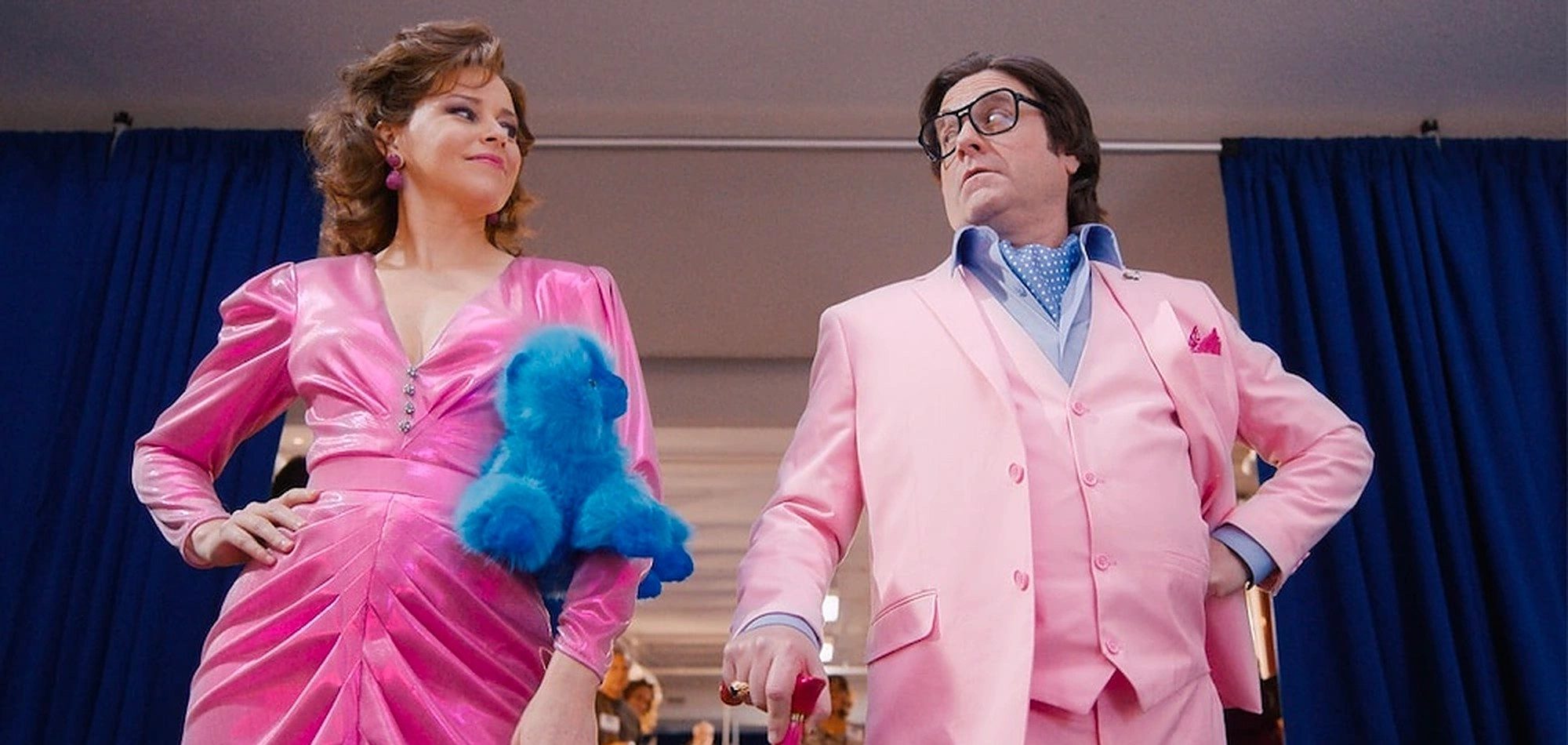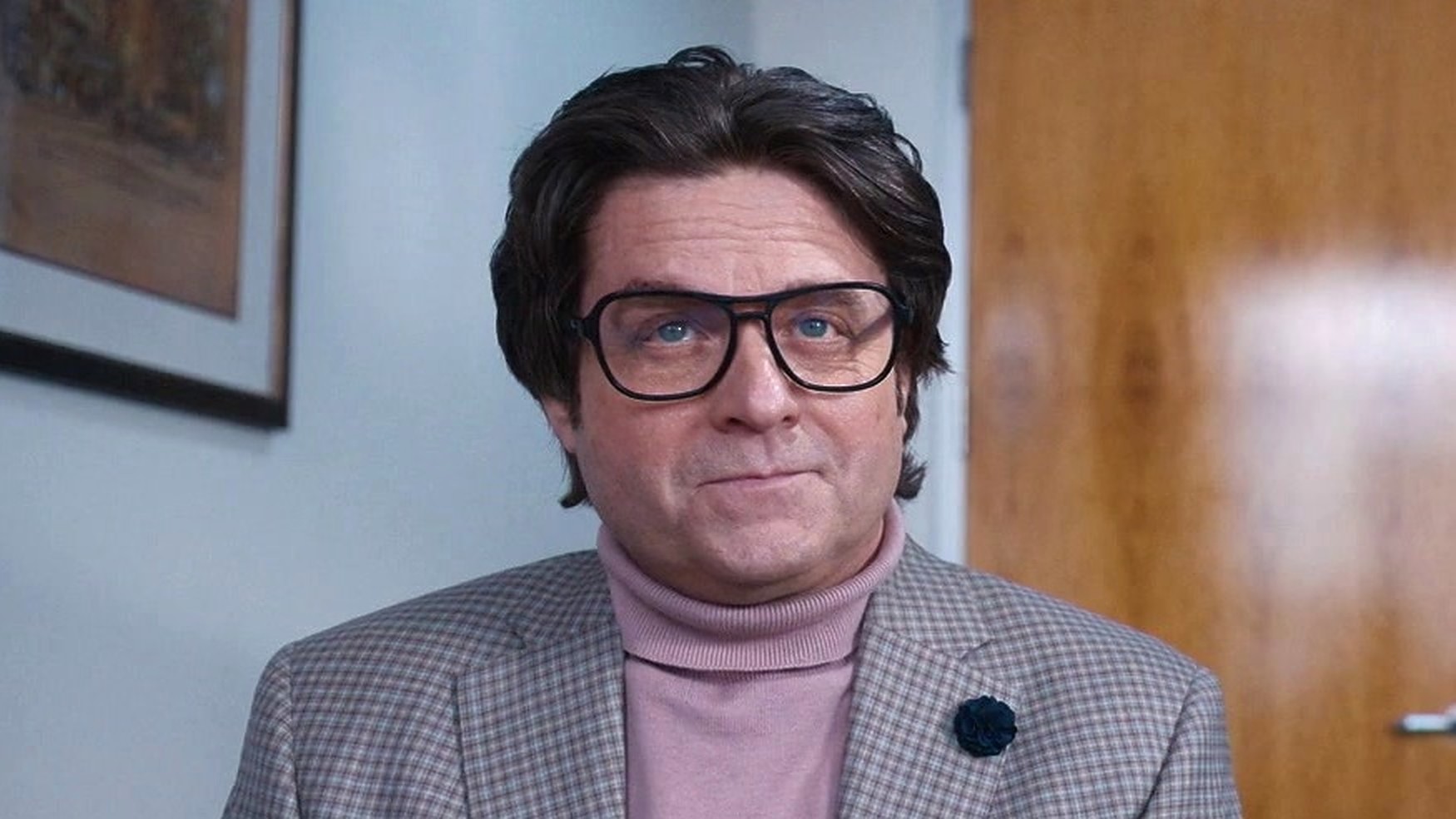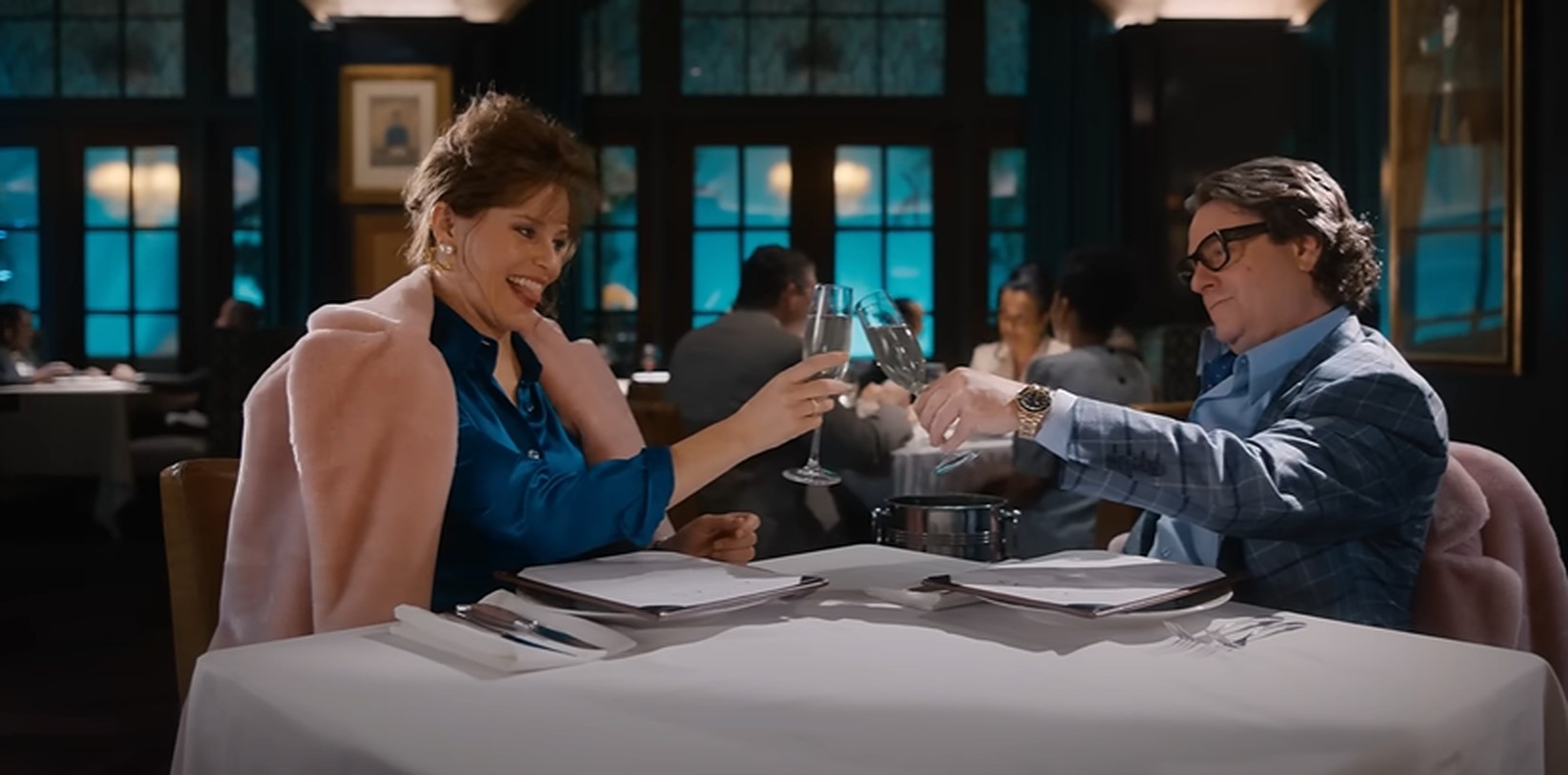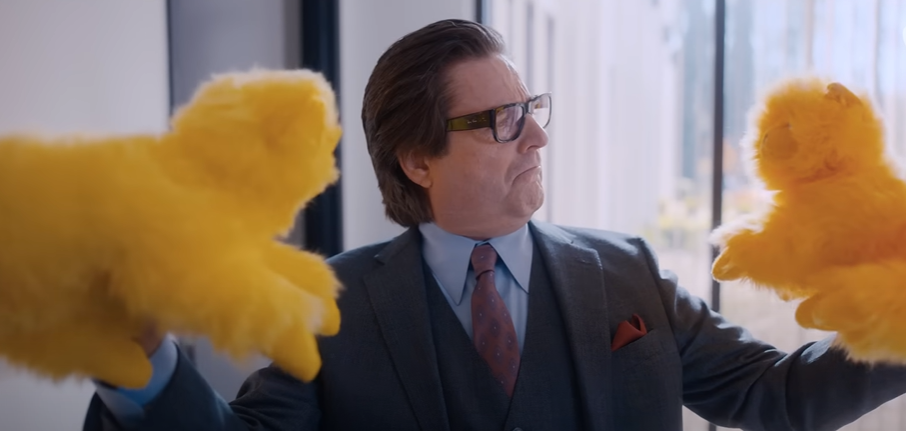Directed by Kristin Gore and Damian Kulash, Apple TV+’s ‘The Beanie Bubble’ is a comedy-drama movie centered around Ty Warner, an aspiring toy salesman in the 80s. Eager to make it big in the industry yet unable to find a breakthrough, he comes across three dynamic women — Robbie, Maya, and Sheila — who become pivotal in his life and success. Together, they give birth to the Beanie Babies, a range of soft toys that soon became all the rage across America. However, as meteoric as Ty’s professional rise, his relationships with the three ladies in his life are equally complicated.
Featuring nuanced performances by talented cast members like Zach Galifianakis, Sarah Snook, Elizabeth Banks, and Geraldine Vishwanathan, the satirical drama movie charts the rise and fall of a billion-dollar business and its owner, and the underdogs who help him create a cultural phenomenon. Given the realistic portrayal of the toy industry in the 80s and 90s as well as the lifelike characters, one is bound to wonder if ‘The Beanie Bubble’ has any roots in true events.
Ty Warner’s Empire: Real Inspiration for The Beanie Bubble
‘The Beanie Bubble’ is mostly based on a true story. Co-director Kristin Gore penned the screenplay by adapting Zac Bissonnette’s 2015 book ‘The Great Beanie Baby Bubble: Mass Delusion and the Dark Side of Cute’ for the screen. It delves into the real-life story of Ty Inc. owner Ty Warner, whose innovative range of soft toys called Beanie Babies broke all resale records in the 80s and 90s and was present in almost every other house in the US. Aside from chronicling his journey to fame and billion-dollar toy empire, the book also explores his relationships with those around him, especially the women in his life.

Warner started Ty Inc. in 1986, selling a variety of stuffed toy cats, which gradually became quite popular in the domestic market. Yet, Warner’s biggest and unparalleled achievement remains Beanie Babies, a range of small animal plush toys his company launched in 1993. The entrepreneur chose to sell the toys to small store owners and individual customers than tying up with large businesses to establish a more personal client base. On top of it, Warner’s company smartly created an artificial shortage in the market by restricting or discontinuing certain items, leading to an exponential rise in demand and, consequently, profit.
Initially, Beanie Babies were sold between $5-$10, but after the boom in demand, collectors created a secondary market selling the toys at inflated rates. Warner and his team also utilized the arrival of the internet in the US market and created a website to sell the Beanie Babies. This was a pivotal contributor to Ty Inc.’s skyrocketing sales, and suddenly everyone wanted to get their hands on one of the adorable soft toys. Following a massive monopoly over the plush toy market for almost a decade, Beanie Babies sadly faced a significant crash after their supply began overpowering the demand, causing substantial losses for both collectors and Ty Inc.

While everyone is well aware of the company and Warner’s overall career graph, Bissonnette’s book and the movie rather focus on the unsung heroes in his life, who, unbeknownst to many, were equal contributors to the success of Beanie Babies. This includes his two former girlfriends, Patricia Roche and Faith McGowan, and Lina Trivedi, a core former part of Ty Inc., who revolutionized the company’s online sales. These three ladies are often less spoken of when one looks up the history of Beanie Babies. Still, Kristin Gore and Damian Kulash clearly wanted their movie to tell the story of Ty Warner’s uncredited female collaborators.
Interestingly, the husband-wife director duo reminisced how they were pretty unaware of Warner’s story but had their own brush with the Beanie Babies phenomenon while growing up. In an interview with The Hollywood Reporter, Gore emphasized that the movie is more of an examination of human values. She shared, ” It’s a weird example of a lot of the fictions that power our world. Like, why do we value what we value? And what is currency anyway? We swarm to certain things like they have meaning suddenly, and you realize how arbitrary a lot of that is — how ephemeral it can be.”
“It makes you start questioning your own role in it. What’s interesting about this story isn’t so much the toys but what they represented in terms of human behavior,” the filmmaker continued. In another interview with Marie Claire Australia, Kulash divulged their reaction to Bissonnette’s book, stating, “When we read the book and saw what was behind it, it was the threads of so much we find fascinating and troubling about modern society and how we got to where we are now…The insane universe in which this economic bubble happened, the female relationship to the American dream is laid out in such painful detail, and our relationship to technology and the relationship to greed and values.”

Kulash added, “What we cared about was the recurring story that you see over and over again. That over the course of those two decades, you see the same story happen in so many different women, and that’s why we structured it in such an unconventional way.” Interestingly, while the director-duo has tried staying true to facts and the book’s material, they chose to fictionalize several aspects of the storyline, often taking inspiration from multiple real-life individuals to create one character. Hence, many characters in the movie have been renamed, and even the Ty Warner in the film draws only partial references from his real-life counterpart.
Gore elaborated, “Since we are making a work of art, we have some places where it’s composite for artistic reasons, and so we change names, and we collapsed characters together. It was important to us because our focus was on these women’s stories. We really wanted it to feel universal and to feel like so many people could connect to what they’re seeing these women go through.” As one can see, ‘The Beanie Bubble’ is a highly dramatized retelling of the lives of those who contributed to the Beanie Babies, especially the women. Though it takes inspiration from Zac Bissonnette’s book and the actual individuals, it is undeniably part fact, part fiction.
Read More: Where Was The Beanie Bubble Filmed?


You must be logged in to post a comment.